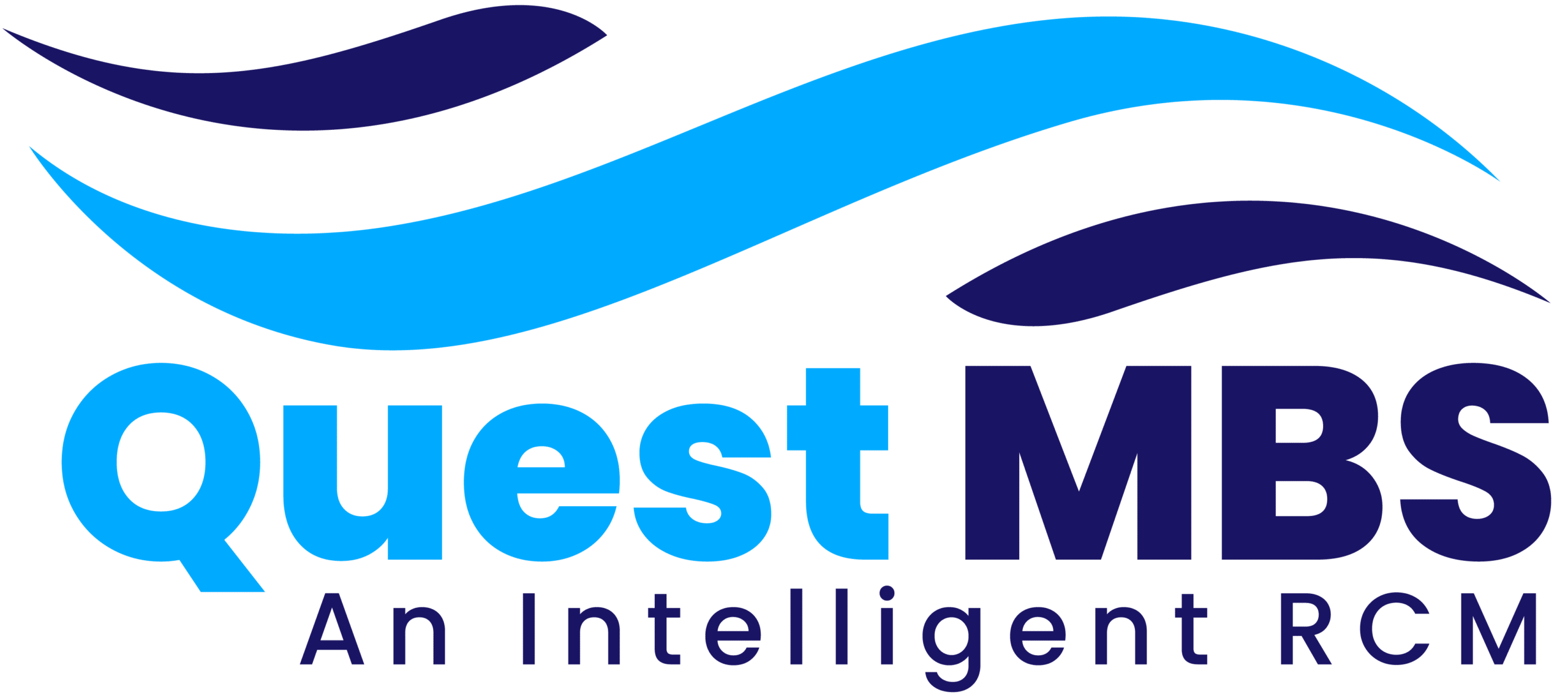Introduction:
Billing for mental health services can be complex due to the various rules, regulations, and payer-specific policies that govern reimbursement. Unlike general medical services, mental health treatments involve different coding requirements, session limits, and prior authorization needs. Proper billing is essential to ensure mental health professionals are compensated fairly while maintaining compliance with insurance guidelines.
This article provides a comprehensive guide on how to bill for mental health services, including key considerations, common challenges, coding guidelines, and best practices to ensure smooth reimbursements.
Understanding Mental Health Billing:
Mental health billing involves submitting claims for therapy sessions, psychiatric evaluations, medication management, and other psychological services provided to patients. This process requires an understanding of:
- Insurance policies and payer requirements
- CPT (Current Procedural Terminology) and ICD-10 codes
- Modifiers and place-of-service codes
- Credentialing and reimbursement rates
- Patient eligibility verification
Failing to meet the requirements set by insurers can lead to claim denials, delayed payments, and financial losses for mental health practitioners.
Key Considerations for Mental Health Billing:
1. Verify Insurance Eligibility and Benefits:
Before providing services, mental health providers must verify a patient’s insurance coverage to determine:
- Whether the insurance plan covers mental health services
- If the provider is in-network or out-of-network
- The patient’s deductibles, copayments, and coinsurance
- Any session limits or authorization requirements
Many insurers require pre-authorization for specific services, especially for long-term therapy or intensive outpatient programs. Checking eligibility in advance can prevent unexpected claim denials.
2. Understand Common Mental Health CPT Codes:
Proper coding ensures accurate billing and prevents claim rejections. The American Medical Association (AMA) provides CPT codes for different types of mental health services, such as:
Psychotherapy Codes:
- 90832 – Psychotherapy, 30 minutes
- 90834 – Psychotherapy, 45 minutes
- 90837 – Psychotherapy, 60 minutes
Psychiatric Diagnostic Evaluation Codes:
- 90791 – Psychiatric diagnostic evaluation (without medical services)
- 90792 – Psychiatric diagnostic evaluation (with medical services)
Psychotherapy with Evaluation and Management (E/M) Codes:
Used when psychiatric providers (psychiatrists, nurse practitioners) prescribe and manage medications along with therapy:
- 99212 – 99215 – Office or outpatient visit with E/M component
Crisis Intervention Codes:
- 90839 – 60-minute crisis psychotherapy
- 90840 – Each additional 30 minutes of crisis psychotherapy
Using the correct CPT code ensures timely reimbursement and prevents disputes with insurance companies.
3. Choose the Correct ICD-10 Diagnosis Codes:
Mental health claims must include an ICD-10 (International Classification of Diseases, 10th Revision) code that corresponds to the patient’s condition. Common mental health diagnosis codes include:
- F32.9 – Major depressive disorder, unspecified
- F41.1 – Generalized anxiety disorder
- F43.10 – Post-traumatic stress disorder (PTSD), unspecified
- F31.9 – Bipolar disorder, unspecified
Selecting the most specific diagnosis code increases the chances of claim approval.
4. Use Appropriate Modifiers and Place of Service Codes:
Modifiers clarify specific circumstances surrounding a service, while place of service (POS) codes indicate where the service was provided.
Common Mental Health Billing Modifiers:
- GT or 95 – Telehealth services
- 25 – Significant, separately identifiable E/M service provided on the same day as another service
- 59 – Distinct procedural service
Place of Service (POS) Codes for Mental Health Services:
- 11 – Office visit
- 02 – Telehealth (virtual therapy sessions)
- 12 – Home visit
- 22 – Outpatient hospital
Assigning the right modifiers and POS codes prevents unnecessary denials.
5. Consider Telehealth Billing for Mental Health Services:
With the rise of virtual care, telehealth mental health billing has become more common. Many insurance companies now cover remote therapy under the same guidelines as in-person visits.
Key Considerations for Telehealth Billing:
- Use GT or 95 modifier to indicate a virtual session.
- Use POS 02 for telehealth services.
- Ensure the insurance company covers telehealth for mental health before providing remote sessions.
- Document start and end times to meet payer requirements.
During the COVID-19 pandemic, Medicare and private insurers expanded telehealth coverage, and many of these policies remain in place.
6. Address Prior Authorization and Session Limits:
Some insurers require prior authorization for specific services, especially for:
- Psychiatric evaluations
- Long-term psychotherapy (more than 20 sessions per year)
- Intensive outpatient therapy
- Substance abuse treatment
Failing to obtain pre-authorization can result in non-payment for services. Providers should also monitor session limits to avoid exceeding insurance coverage caps.
7. Avoid Common Billing Mistakes:
Errors in mental health billing can lead to denials and delayed reimbursements. Common mistakes to avoid include:
- Billing incorrect CPT or ICD-10 codes
- Failing to verify patient insurance eligibility
- Omitting required documentation
- Using incorrect place-of-service codes
- Not obtaining pre-authorization for restricted services
Implementing claim scrubbing software can help detect errors before submission.
Best Practices for Smooth Mental Health Billing:
1. Implement a Robust Documentation Process:
Accurate documentation supports claims and protects against audits. Each patient visit should include:
- Date and duration of the session
- Diagnosis and treatment plan
- Progress notes
- Any medications prescribed
If documentation is incomplete, insurers may reject the claim.
2. Train Billing Staff on Mental Health Coding:
Since mental health billing differs from general medical billing, staff should receive ongoing training on:
- CPT and ICD-10 code updates
- Telehealth billing policies
- Insurance reimbursement changes
Using trained billing professionals reduces errors and increases claim approval rates.
3. Use Electronic Health Records (EHR) and Billing Software:
EHR and billing software help streamline claims processing, ensuring:
- Accurate coding and claim submissions
- Automatic eligibility checks
- Tracking of denials and resubmissions
Investing in AI-powered billing tools can also enhance efficiency.
4. Follow Up on Denied or Rejected Claims:
If a claim is denied, providers should:
- Review the Explanation of Benefits (EOB) to identify the reason for denial.
- Correct errors and resubmit the claim within the payer’s timeframe.
- File an appeal if the denial was unjustified.
A dedicated billing team can track unpaid claims and ensure timely reimbursements.
Conclusion:
Billing for mental health services requires careful attention to coding, documentation, and payer requirements. By verifying patient eligibility, using the correct CPT and ICD-10 codes, obtaining prior authorizations, and following up on denied claims, providers can improve reimbursement rates and reduce billing errors.
Implementing billing best practices, staff training, and technology solutions can streamline the process and ensure mental health professionals receive timely payments for their services.







